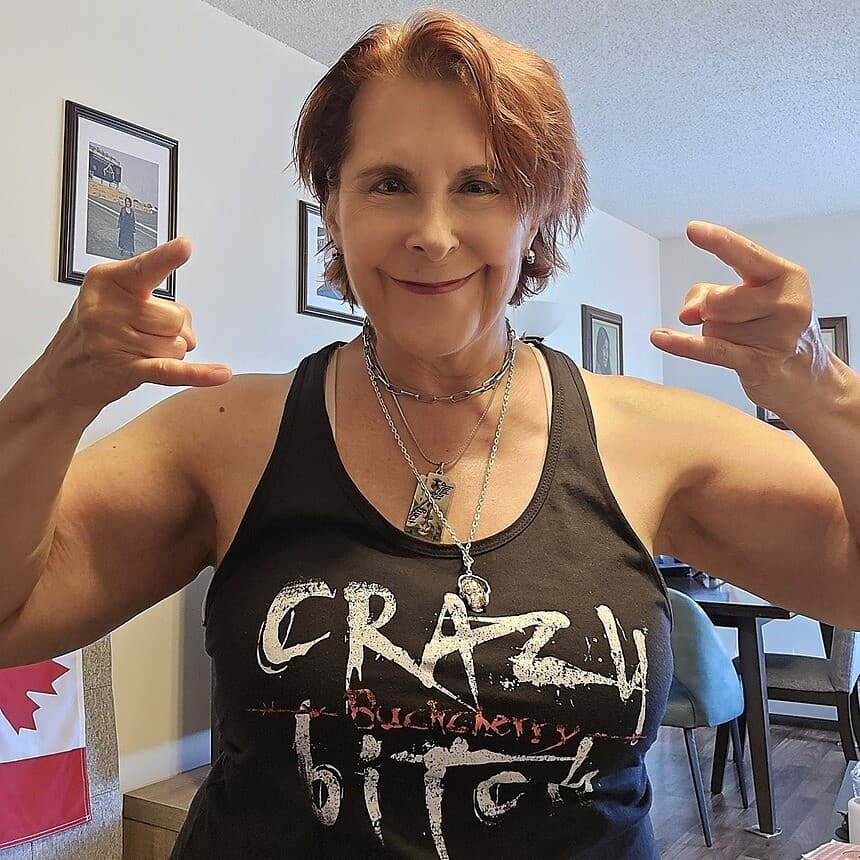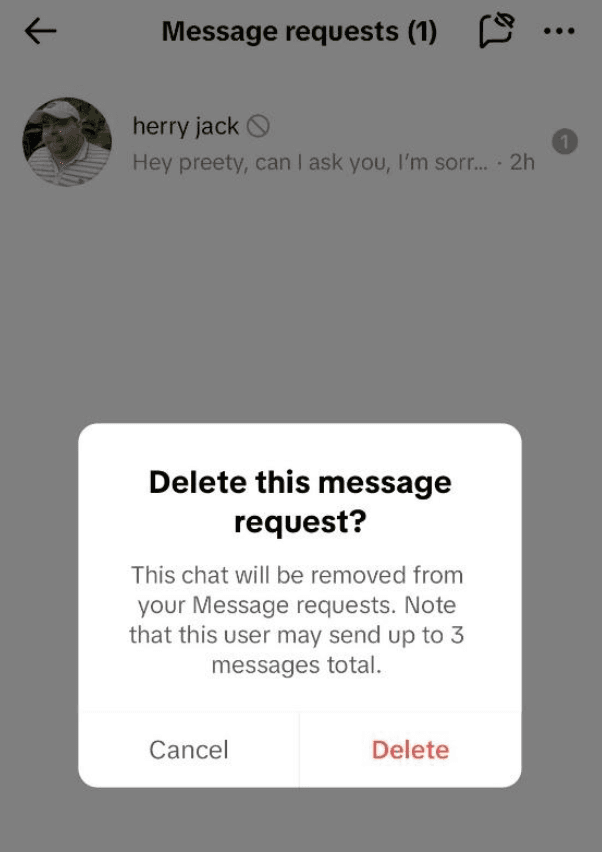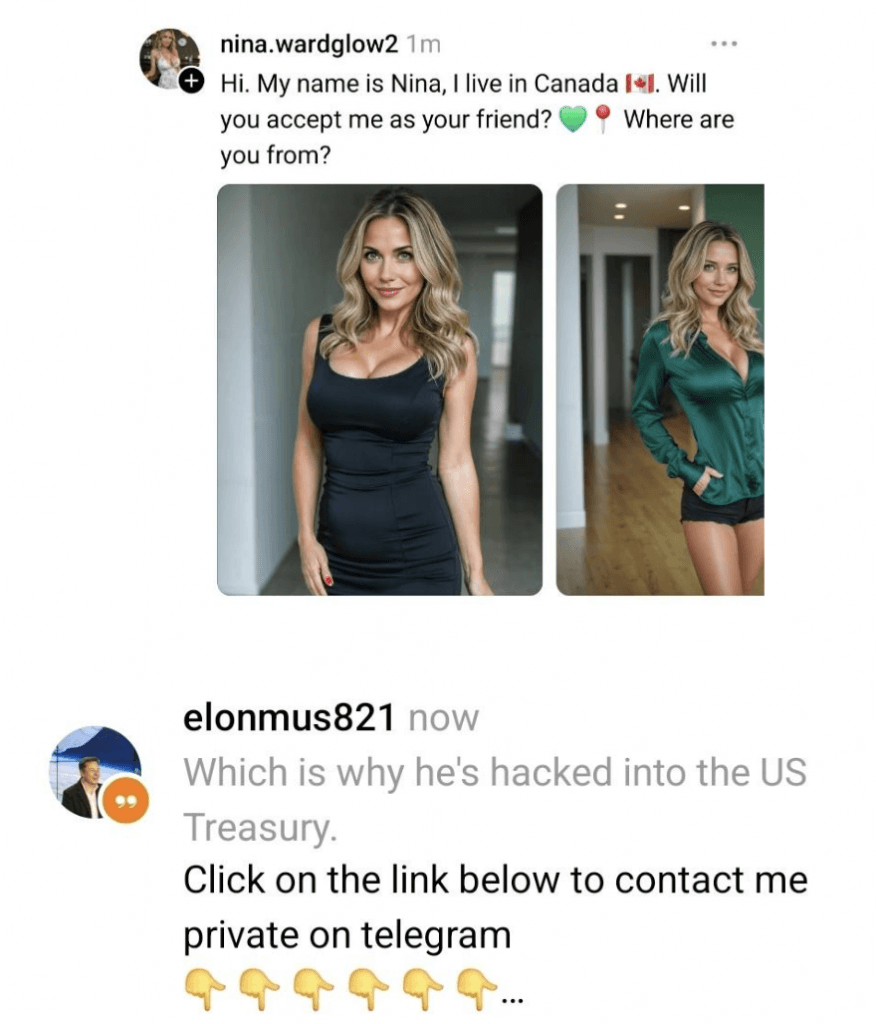Navigating the Fakes, Snakes, and Alligators in the Digital Landscape

Navigating the Fakes, Snakes, and Alligators in the Digital Landscape

There Is No Fluency Level to Getting Bamboozled by Bots and Trolls
Whether you’ve been around a while or are new to the platform, you may not realize when an account is fake or real. It’s an issue all over cyberspace, and Stage 32 is not immune. The good news is that when a nefarious character raises their head, once alerted, the powers that be behind the scenes are usually quick on the draw to carefully vet that the person is real. If they’re fake or perpetually combative, they are soon zapped into oblivion.
What Does a Fake Account Look Like?
![]()
First let’s discuss the protocol for setting up a profile after you’ve opened an account.
When you join a platform, such as Stage 32, the first order of business is to make yourself approachable. Otherwise, why bother setting up an account? What’s your goal? Who do you want to connect with? What should people know about you, especially if they want to do business with you?
Start by creating a profile, with a picture and a bio. The biography doesn’t have to be your life’s story, but it should be crafted with enough information to entice interest in you. People who happen upon your page will decide if you are somebody they feel good about connecting with.
Make sure the profile picture is of you, not your logo, not an avatar. Shows others that you are not a fake profile. Your bio should provide enough detail to show what you do, who you are, and prove you are not a fake account.
Red flags pop up when a picture is AI-generated and the bio looks like it was written by Chat GPT. If you joined the platform in good faith -- to learn about the entertainment industry and to find like-minded people to collaborate with -- a human photo and a believable bio go a long way.
The Internet Code
This is universal to all platforms. If a message or post makes you cringe, that’s a sign that someone has broken the Internet Code.
Is it real or fake?
When someone connects with you, they’ll do it automatically from a search, lounge post, or direct message.
Don’t just connect. Vet them first.
For the bare minimum, look at their profile page. Is their photo AI-generated? That’s a red flag.

If you can’t tell by the profile page if this person is real or not, check out their activity. Have they written or commented on any posts? What did they say? If there is no activity, it may not be suspect, but it does make it harder to decide.
Here are some fake profile examples from TikTok that will help you assess what an obvious fake account might look like on any platform, including Stage 32.


Spam

Automatic messages are annoying but don’t necessarily qualify as spam. An automatic message is when you hit the connect checkmark on a person’s profile and that person has set up a direct message to immediately hit your inbox. It’s usually trying to sell you something. When the same message keeps coming more than once (could be weekly, monthly, periodically), that is spam.

It’s okay to connect by direct message, but be respectful. Have a real conversation.
If you post the same message in every single Stage 32 lounge, that is spam. If you post the same message in a lounge consecutively, one after another or every day, that is spam.
Then there are the hookup messages. These are phishing attempts to get you engaged into a conversation until they can persuade you to provide banking information. I’ve had friends string some of these chats along to create their own humorous content, taking screenshots along the way. The easiest thing to do is to block and delete.
Here are a couple of textbook samples of phishers from TikTok. The cringe is universal regardless of the platform. They can also happen in Stage 32.


The proper response is to block and delete.
The direct message that grinds my gears the most are the simple “hi” from someone you don’t know. The other is the unsolicited pickup line.
If the hi message is from a legitimate person, I will ignore it.
Use Windex for the Smoky Mirrors
Stage 32 member Mark Nelson posted this in the Screenwriting Lounge.
“I received a direct message from a producer saying really keen to work with you, and he would like to review my script to help produce it. Exciting, right?”
Mark continued to say the fellow offered an impressive resume, but when he dug deeper into his website, the company information didn’t match the email address, his IMDb account was under construction, and the company couldn’t be verified.
Sadly, there is no end to suspicious accounts. So many seem to teeter the line between obvious and well hid. Sometimes, they are legitimate accounts, especially if English isn’t their first language, and the bio and correspondence are fraught with grammatical and spelling errors.
If it gives you a hinky feeling, go with your gut. You don’t have to connect, and you don’t have to respond to correspondence.
If you think a business opportunity is skeptical, report it to Stage 32 by emailing Support@Stage32.com!
Speaking of Bots
If you’ve been around the digital hemisphere for any length of time, you will learn that bots and trolls have common themes. Fake profiles have a look. Sometimes they use celebrity names, but it’s unlikely that Keanu Reeves is asking you to connect privately when he has never met you once.
The look is similar from platform to platform. Knowing a fake profile is the first step to protecting yourself online. Protect yourself? Why, you ask? Four words: identity theft, financial scam. Sometimes it’s just to rage bait.
If you receive a post comment to invest/buy a program/product, that’s a red flag. Watch out for the catphishers, too (the hot girl/man who just wants to be your friend).

Say No to Trying to Be All Things to All People
Stage 32 is a networking platform. It’s where conversations are encouraged. There is no end to stories of successful collaborations and projects reaching their peak. Everyone is welcome.
Find a lounge that speaks to you and like and/or comment on a post. The more you engage, the more people notice you. If you have something to offer that provides value to the conversation, don’t be afraid to respond. Also, there are no dumb questions. People here range from new to the industry to seasoned professionals and everything in between.
When it comes to making your own posts, pick a lane. Posting the same link in every section will not get you noticed faster any more than direct messaging will make your unsolicited sales pitches successful.
Find one lounge your post will resonate with. If it doesn’t fit in any lounge, post it in the Anything Goes Lounge. When in doubt, don’t be afraid to ask.
When you see something suspicious, report it to the community manager.
Use the same Internet etiquette for every platform you’re on. If you take nothing else from this piece, follow this rule:
If it pisses you off or gives you the ick, don’t do it to someone else.
Let's hear your thoughts in the comments below!
Got an idea for a post? Or have you collaborated with Stage 32 members to create a project? We'd love to hear about it. Email Ashley at blog@stage32.com and let's get your post published!
Please help support your fellow Stage 32ers by sharing this on social. Check out the social media buttons at the top to share on Instagram @stage32 , Twitter @stage32 , Facebook @stage32 , and LinkedIn @stage-32 .
About the Author

Debbie Elicksen
Marketing/PR, Content Creator, Unit Publicist, Author, Host/Presenter
I am a community manager for Stage 32. With a broadcasting certificate, I gumshoed my way into becoming a paid professional writer and publisher. Told women couldn’t work in the NHL, I became an accredited NHL reporter, writing for NBC Sports, Associated Press, Hockey Canada, and others. I was...





